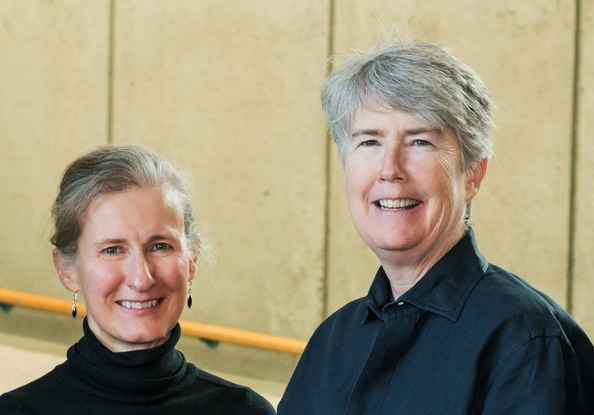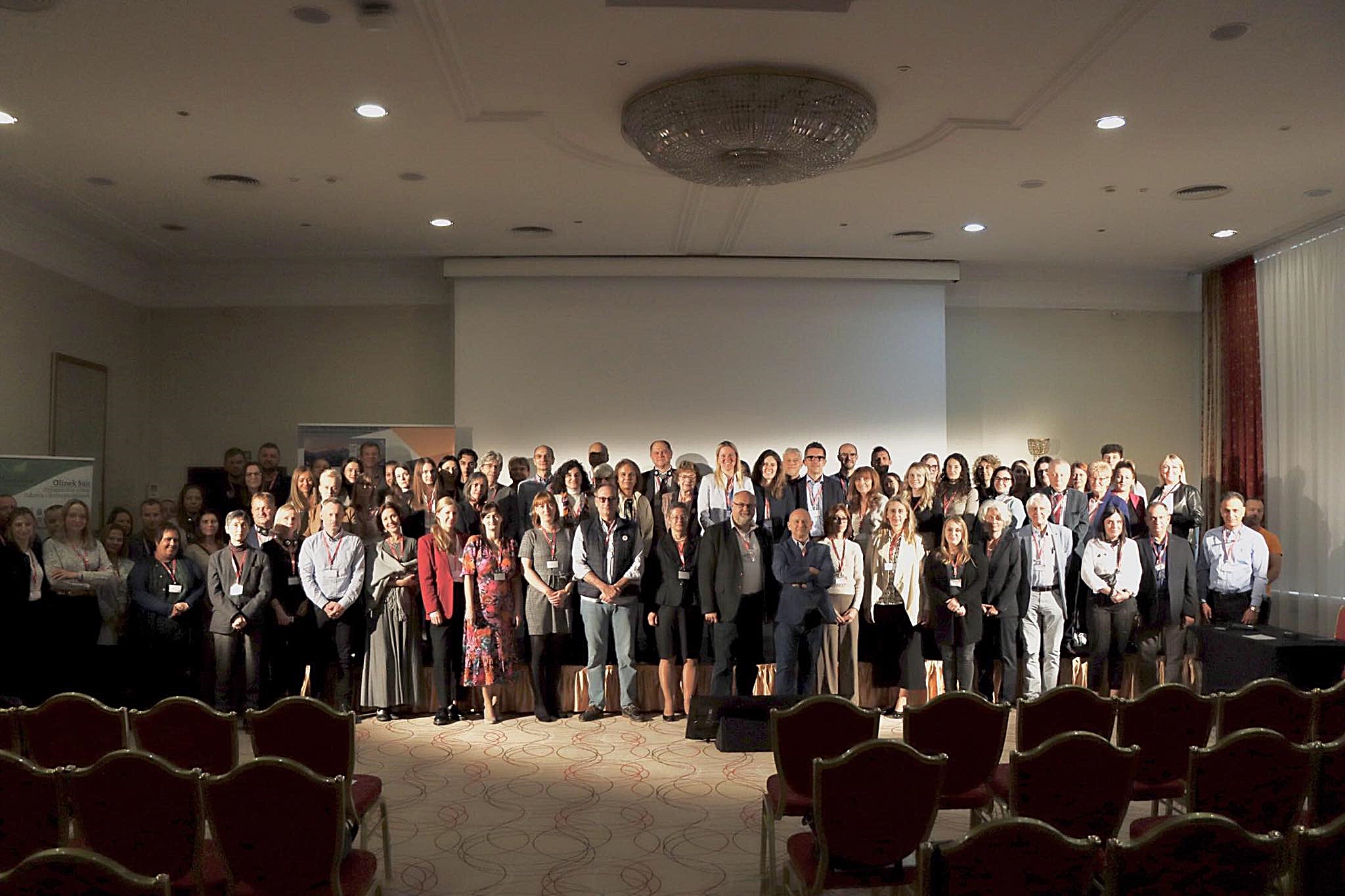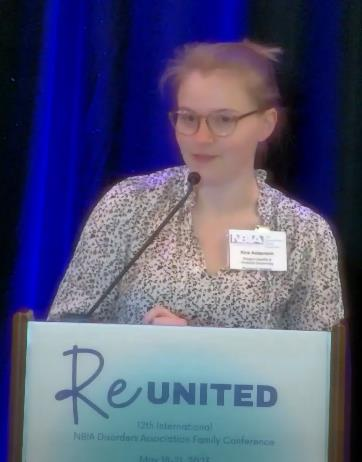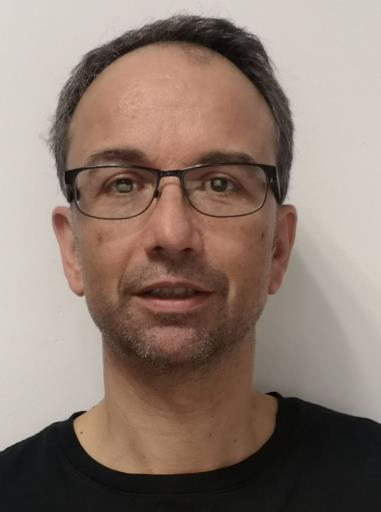Vorantreiben der PKAN-Gentherapie: eine gemeinschaftliche Initiative
Vorantreiben der PKAN-Gentherapie: eine gemeinschaftliche Initiative

Die Erforschung einer Gentherapie für Pantothenat-Kinase-assoziierten Neurodegeneration (PKAN) schreitet dank des Engagements erfahrener Forscher und neu gegründeter Partnerschaften weiter voran.
Im Jahr 2019 wurde ein bedeutender Schritt in der PKAN-Forschung gemacht, als die NBIA Disorders Association in Zusammenarbeit mit den NBIA-Schwesterorganisationen AISNAF (Italien) und Hoffnungsbaum e.V. (Deutschland) Dr. Lauriel Earley an der University of North Carolina – Chapel Hill eine Anschubfinanzierung gewährte, um die Gentherapieforschung einzuleiten. Wissenschaftliche Unternehmungen sind jedoch oft unerwarteten Veränderungen unterworfen.
Earleys Entscheidung, ihre Arbeit an PKAN einzustellen, machte einen nahtlosen Übergang zu Dr. Susan Hayflick an der Oregon Health & Science University (OHSU) erforderlich. Hayflick hat sich 2019 bereit erklärt, die Leitung zu übernehmen. Sie bringt einen reichen Erfahrungsschatz und ein großes Engagement für die Förderung der PKAN-Forschung mit. Dr. Suh Young Jeong, Hayflicks wissenschaftliche Teamleiterin seit 2014, konnte das Projekt mit vielversprechenden Ergebnissen zu Ende führen.
Der Wechsel des Projektleiters hat der PKAN-Gentherapie weiterhin Leben eingehaucht.
Vor kurzem wurde Hayflick von der Loving Loic Foundation kontaktiert, einer gemeinnützigen Stiftung, die von Sherine und Mark Blackford zu Ehren ihres an PKAN erkrankten Sohnes Loic gegründet wurde. Die Blackfords waren persönlich an der Weiterentwicklung der Gentherapie interessiert und boten ihre Unterstützung an.
Die Loving Loic Foundation vermittelte den Kontakt zu Dr. Miguel Sena-Esteves und Dr. Heather Gray-Edwards am Horae Gene Therapy Center an der UMass Chan Medical School (UMass). Sena-Esteves, ein Experte für die Entwicklung von Gentherapien auf der Basis von Adeno-assoziierten Viren (AAV), und Gray-Edwards, eine Expertin für die Verwendung von Tiermodellen zum besseren Verständnis des Krankheitsverlaufs, erklärten sich bereit, mit Hayflicks Team zusammenzuarbeiten. Darüber hinaus wurde Dr. Penelope Hogarth von der OHSU in das Team aufgenommen, die jahrelange Erfahrung mit PKAN und Expertise in der Planung klinischer Studien mitbringt. Zum Team der klinischen Studie gehören auch Allison Gregory, genetische Beraterin, Dr. Jenny Wilson, Kinderneurologin, und Alison Freed, Koordinatorin der klinischen Forschung.
Aus den jüngsten Fortschrittsberichten geht hervor, dass das Team das Gentherapeutikum umgestaltet, um seine therapeutische Wirkung zu optimieren. An der PKAN-Mauskolonie, die das OHSU-Team in den letzten zwei Jahrzehnten entwickelt hat, wird es mehrere neu gestaltete Produkte testen, um festzustellen, welches am besten wirkt. Dieser aufwändige Prozess wird voraussichtlich mindestens zwei Jahre in Anspruch nehmen, je nachdem, was die amerikanische Gesundheitsbehörde FDA (Food and Drug Administration) dazu sagt.
Während diese kritischen Experimente laufen, wird auch hart an der Gestaltung und Vorbereitung der klinischen Studie gearbeitet. Regelmäßige Treffen mit der FDA sind in jeder Phase des Prozesses unerlässlich. Rückmeldungen und Vorschläge der FDA können sich auf den Zeitplan des Fortschritts auswirken. Derzeit weiß das Team noch nicht, wann die klinische Studie für die PKAN-Gentherapie beginnen wird, aber es spürt ebenso wie die Menschen in der PKAN-Familiengemeinschaft die Dringlichkeit.
Während die Forscher im Labor große Fortschritte machen, spielt die Loving Loic Foundation weiterhin eine entscheidende Rolle bei der Unterstützung dieses gemeinsamen Vorhabens, indem sie entscheidende finanzielle Unterstützung und Lobbyarbeit leistet. Kürzlich erhielt sie einen Zuschuss in Höhe von 21.000 Dollar, wodurch sich der Gesamtbetrag der Spenden auf 182.036 Dollar (einschließlich Sachspenden) erhöht hat, um das Projektziel von 5 Millionen Dollar zu erreichen. Wenn Sie mehr erfahren, Spenden sammeln oder zu diesem Projekt beitragen möchten, besuchen Sie lovingloic.org oder kontaktieren Sie Sherine Blackford unter info@lovingloic.org.
Übersetzung eines Artikels aus dem Newsletter der NBIA Disorders Association vom März 2024
https://nbiadisorders.org/news-events/nbia-newsletters/








